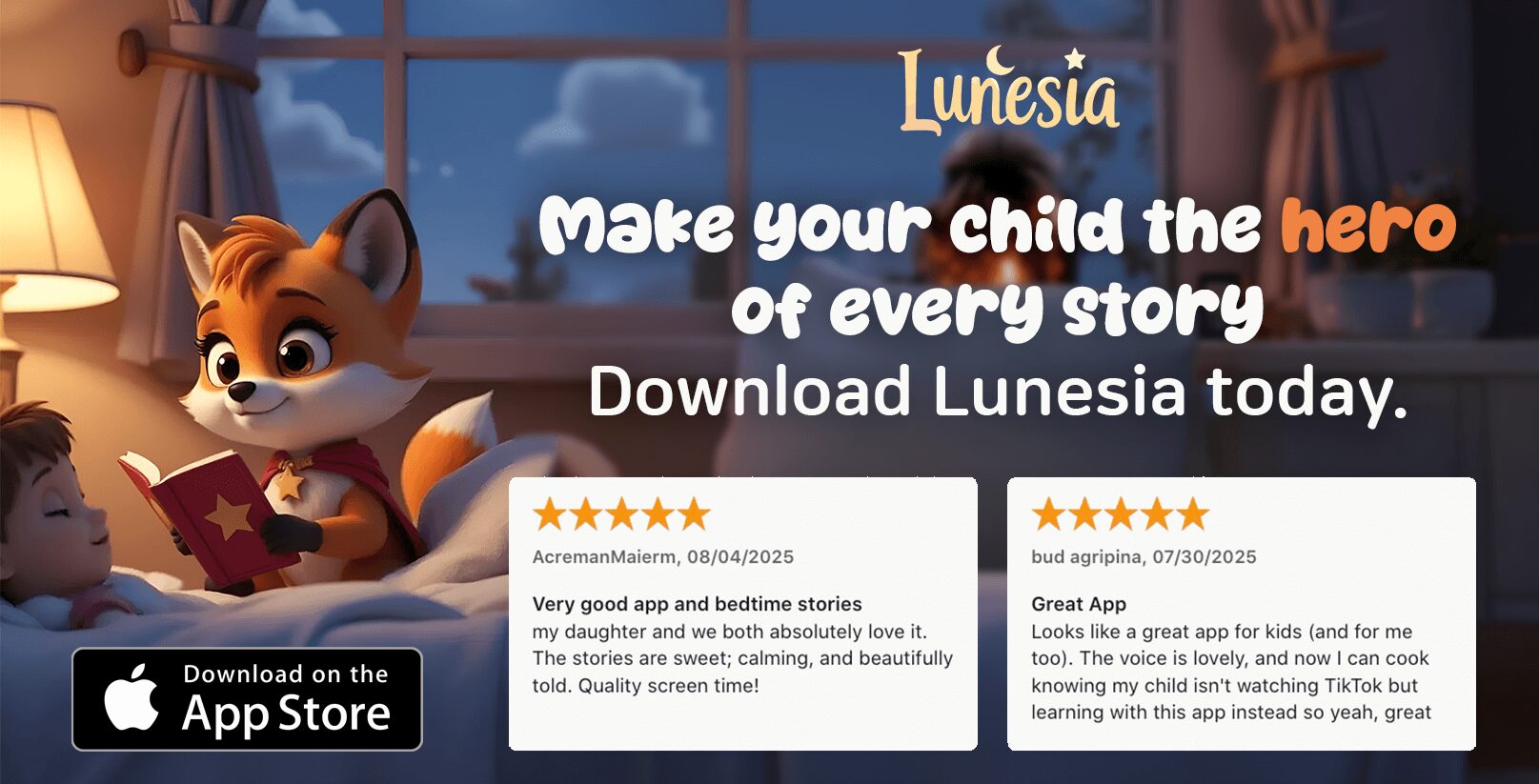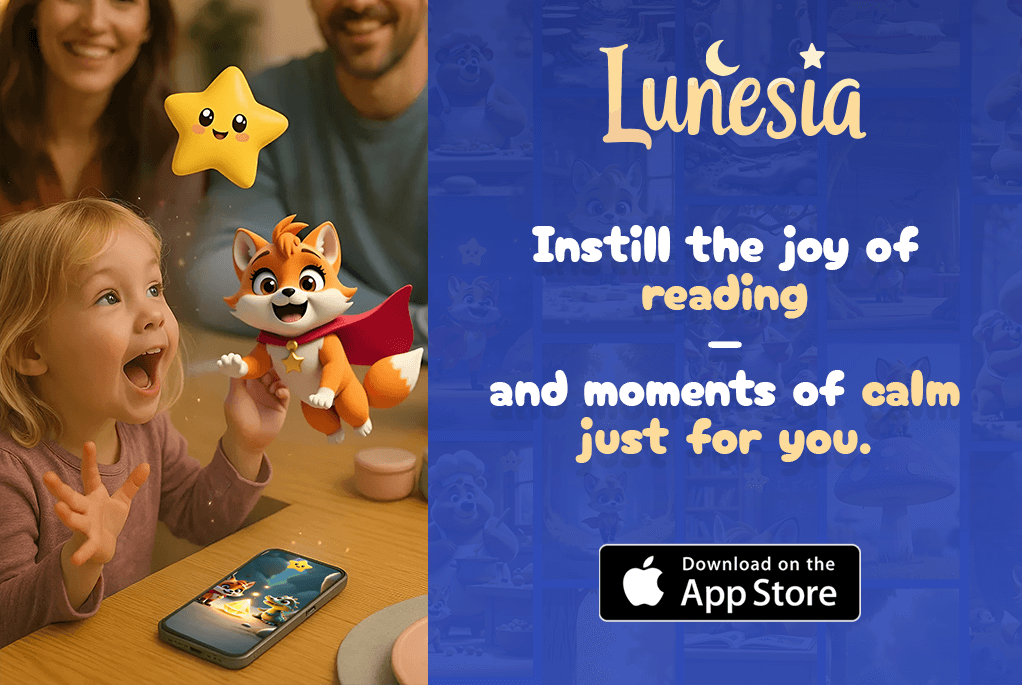As a mother and education specialist, I’ve seen firsthand how reading can shape a child’s future. In today’s digital age, two innovative platforms are changing how children experience stories: Lunesia and Caribu. While both aim to foster a love for reading, they take different approaches.
Lunesia offers interactive storytelling, allowing children to explore various species of stories and varieties of adventures. On the other hand, Caribu focuses on video-call reading, bringing families together across different states. As a parent, it’s essential to understand these differences to make an informed decision.
In this comparison, we’ll explore the unique features of each platform, from user experience to content libraries, helping you navigate the world of children’s digital reading tools. By examining the color and vibrancy they bring to reading, we can determine which platform might better suit your child’s reading needs and your family situation, ultimately helping to cultivate a lifelong love for reading, much like tending to a delicate plant with care, nurturing it from the tender lip of a child to a flourishing habit.
Understanding Digital Reading Platforms for Children
The rise of digital technology has led to a flowering of innovative reading platforms designed specifically for children. As we explore these digital reading platforms, it’s essential to understand their different approaches and how they cater to various learning needs.
The Rise of Digital Reading for Kids
Today, children are growing up in a world where digital media is an integral part of their daily lives. The traditional notion of reading is evolving, with many kids now engaging with stories through digital platforms. This shift has opened up new opportunities for children to interact with books in a more immersive and engaging way. For instance, some platforms allow children to explore forests or sea environments through interactive stories, making reading a more dynamic experience.
Different Approaches to Digital Reading Experiences
I’ve identified two main approaches emerging in the digital reading space: interactive self-guided experiences and connection-focused platforms. Interactive storytelling platforms, like Lunesia, transform children from passive listeners to active participants who make choices affecting the narrative. This not only builds decision-making skills but also fosters a sense of agency. On the other hand, connection-based platforms prioritize the human element, using technology to bridge distances between children and loved ones through shared reading experiences. Some platforms focus on educational outcomes with curriculum-aligned content, while others emphasize entertainment and engagement through gamification elements.
The approach that works best often depends on your child’s age, learning style, and the specific reading goals you have as a parent or educator. Understanding these different approaches helps you select a platform that aligns with your family’s values around screen time, education, and connection. As you explore these options, consider how each platform can support your child’s reading journey and help them develop a lifelong love for reading, turning each page with excitement.
Lunesia vs Caribu: Core Features Comparison
The world of digital reading for kids has been enriched by platforms like Lunesia and Caribu, each with its unique features. As we dive into the specifics of what each platform offers, it becomes clear that the choice between them depends on what you’re looking for in a digital reading experience for your child.
Lunesia’s Interactive Story Experience
Lunesia offers an immersive reading experience through its interactive stories. The platform’s user interface is designed to be intuitive, making it easy for children to navigate through stories on their own.
User Interface and Navigation
The user interface of Lunesia is clean and simple, allowing kids to focus on the story rather than figuring out how to use the platform. Navigation is straightforward, with clear buttons and minimal distractions.
Content Library and Variety
Lunesia boasts a diverse library of interactive stories that cater to different age groups and interests. The content is regularly updated, ensuring that there’s always something new to explore. For instance, a story might feature interactive elements like games and puzzles that complement the narrative, enhancing engagement.
| Feature | Lunesia | Caribu |
|---|---|---|
| Interactive Stories | Yes | No |
| Video Call Reading | No | Yes |
| Content Variety | Diverse Interactive Stories | Extensive Library with Leveled Readers |
Caribu’s Video-Call Reading Platform
Caribu, on the other hand, focuses on the social aspect of reading by allowing families to read together over video calls. This feature is particularly beneficial for families separated by distance.
Video Call Functionality
The video call functionality on Caribu is seamless, allowing for a face-to-face reading experience that mimics reading together in person. It’s easy to start a reading session, and the platform supports multiple participants.
Book Selection and Activities
Caribu offers an extensive library of digital books, including titles from major publishers and exclusive content. Beyond books, the platform provides interactive activities like drawing and games that complement the reading experience. For example, you can explore books that are available in multiple languages, supporting bilingual families and language learning. Additionally, Caribu allows you to upload personal books or documents, making it possible to read favorite family stories or school assignments together over distance. The platform’s library is organized by age range, reading level, and topic, making it easy to find appropriate content. The inclusion of leveled readers that support school curriculum is also a significant advantage, as it reinforces classroom learning.

Benefits and Limitations of Each Platform
As parents explore digital reading solutions, understanding the benefits and limitations of platforms like Lunesia and Caribu becomes crucial. Both offer unique approaches to digital reading, catering to different needs and preferences.
Lunesia: Pros and Cons
Lunesia’s interactive storytelling approach has garnered attention for its engaging features. Let’s examine its advantages and potential drawbacks.
Advantages of Interactive Storytelling
Lunesia’s platform opens new avenues for children’s engagement with stories. The interactive elements are designed to keep young readers interested, making reading a fun experience. The large format of the stories, coupled with interactive features, can be particularly appealing to children who enjoy technology.
- The interactive story format can enhance children’s reading experience by making it more engaging.
- Lunesia’s self-guided nature allows children to read at their own pace, fostering independence.
Potential Drawbacks
While Lunesia offers a good shape for interactive storytelling, some parents might be concerned about the lack of human interaction. Additionally, the quality of the content can vary, and not all stories may be suitable or engaging for every child.
Caribu: Pros and Cons
Caribu’s video-call reading platform offers a different set of benefits and challenges. Understanding these can help parents decide if it’s the right fit for their child.
Strengths of Shared Reading Experience
Caribu’s platform allows for a shared reading experience, shown to be beneficial for children’s development. It enables real-time interaction between the child and the reading partner, creating a sense of connection. A chadwick book being read together can become a memorable experience.
- The real-time interaction can enhance the bonding experience between the child and the reading partner.
- Caribu’s platform can be particularly beneficial for children who enjoy reading with a partner.
Limitations to Consider
One of the limitations of Caribu is its reliance on scheduled video calls, which can be challenging to coordinate, especially across different time zones. This requirement opens new window to potential technical issues and the need for stable internet connections on both ends.
- The need for coordination and stable internet can be a significant drawback for some families.
- The effectiveness of Caribu depends heavily on the reading partner’s engagement and skills.
Conclusion: Choosing the Right Reading Platform for Your Child
Ultimately, the choice between Lunesia and Caribu should be based on a thoughtful consideration of your child’s individual needs, your family’s situation, and your priorities as a parent. I’ve found that the “right” platform often depends on your specific family situation and your child’s individual needs and preferences.
Consider your primary goal: If fostering independence and interactive learning is your priority, Lunesia’s self-guided approach may be ideal. If maintaining connections with distant family is most important, Caribu offers the better solution. Your child’s age is also a crucial factor – younger children typically benefit more from Caribu’s shared reading experience.
Many families find value in using both platforms for different purposes. Remember to consider your family’s technology situation and budget. I recommend starting with the free trial options both platforms offer. Whichever platform you choose, your active interest in your child’s reading life remains the most powerful factor in developing a lifelong love of reading.
FAQ
What is Cattleya lueddemanniana, and why is it special?
Cattleya lueddemanniana is an orchid species known for its large, showy flowers. It’s special because of its unique shape and color variations, making it a favorite among orchid enthusiasts. You can find it in the forests of Cerro Verde, typically at sea level.
What are the different varieties of Cattleya lueddemanniana?
There are several varieties, including lueddemanniana semialba and lueddemanniana alba, which differ in the color of their petals and lip. Some clones have been recognized for their exceptional flower quality, as shown in Chadwick’s book.
How do I care for Cattleya lueddemanniana?
To care for Cattleya lueddemanniana, provide it with good light and maintain a suitable temperature. Watering should be done carefully to prevent root rot. It’s also essential to ensure good air circulation around the plant to promote healthy growth and flowering.
Is Cattleya lueddemanniana a rare species?
Cattleya lueddemanniana can be considered rare in certain areas due to its specific habitat requirements. It is native to specific regions, including the states of Yaracuy and Lara-Falcón, where it grows in forests at sea level.
Can I grow Cattleya lueddemanniana at home?
Yes, you can grow Cattleya lueddemanniana at home if you provide the right conditions. It requires careful attention to its watering, light, and temperature needs. With proper care, it can thrive and produce beautiful flowers.
What is the significance of the FCC RHS in relation to Cattleya lueddemanniana?
The FCC RHS (First Class Certificate of the Royal Horticultural Society) is a prestigious award given to exceptional orchid clones. Some Cattleya lueddemanniana clones have received this award, recognizing their outstanding flower quality.




